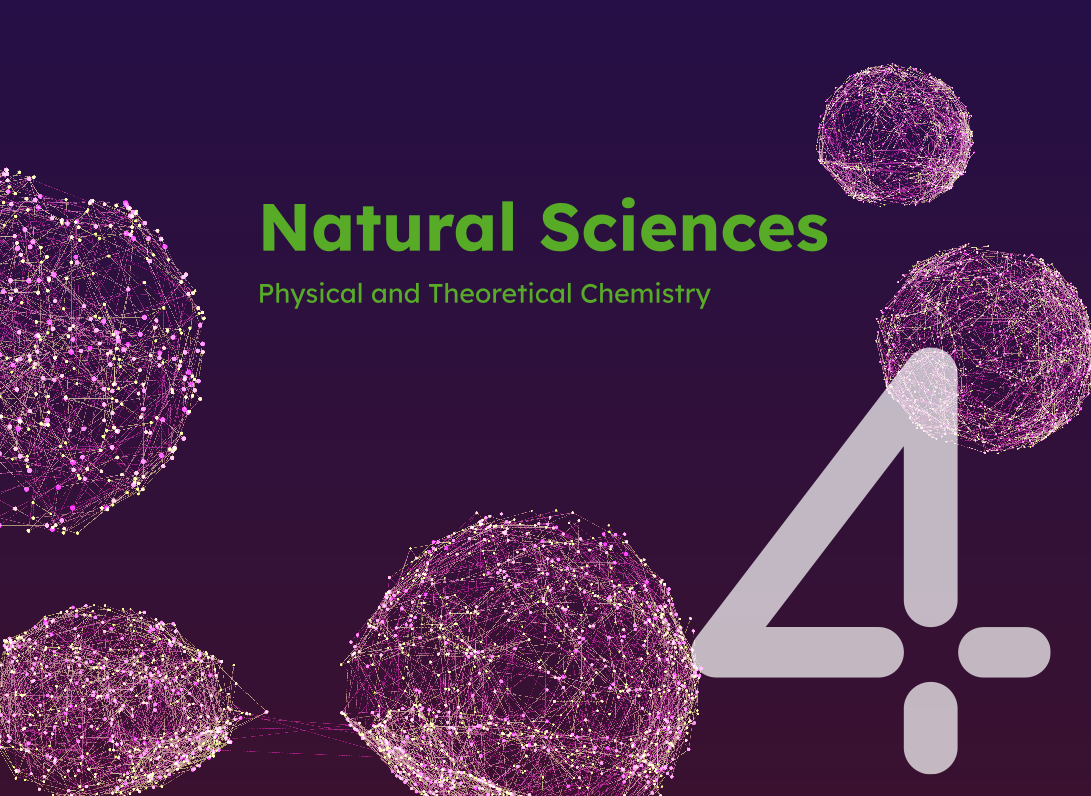Project
Influence of Osmolytes on the Solvation of Peptides and Model-Peptides
Protein stability in the complex solution environment of the living cell depends on several environmental factors including interactions with osmolytes which are not well understood. Osmolytes are small organic solutes that stabilise the biologically-functional folded state of proteins under extreme conditions, such as high hydrostatic pressure or osmotic stress. An important stabilising osmolyte is trimethylamine-N -oxide (TMAO), which is found, amongst others, in deep-seacreatures which have adapted to high-pressure environments such as the ocean floor. The aim of this project has been twofold. We aimed to disclose the molecular mechanism through which TMAO stabilises a small model protein, TrpCage, under high-pressure conditions and aimed to understand how TMAO affects the hydrophobic interaction, which is fundamental in protein thermodynamics, under these conditions. HPC resources were required because computationally demanding sampling methods were needed to address this problem under varying thermo-dynamic boundary conditions (temperature, pressure, and TMAO concentration).
Project Details
Project term
October 1, 2021–September 30, 2022
Affiliations
TU Darmstadt
Institute
Computational Physical Chemistry
Project Manager
Principal Investigator
Methods
We have used molecular dynamics (MD) simulations together with replica exchange MD, umbrella sampling, free energy perturbation, and thermodynamic integration methods. Based on these methods, protein folding thermodynamics, solvation free energies, and potentials of mean force have been computed.
Results
The MD simulations shed a new angle on the molecular mechanism through which TMAO impacts protein (TrpCage) stability and provided data that led to the discovery of a new mechanism for hydrophobic self-assembly in the presence of TMAO, in particular with respect to the dependency of the hydrophobic interaction on hydrostatic pressure. Evidence was obtained for a TMAO-stabilisation mechanism in which TMAO interacts unfavourably with charged residues of the protein and is depleted away from the protein surface. As a result, TMAO stabilises the folded state of the protein and counteracts pressure denaturation by depleting stronger from the protein hydration shell at larger hydrostatic pressures. The hydrophobic interaction (self-assembly) of polyalanine-based alpha-helices was found to be attenuated in high-pressure water (pressure denaturation) but enhanced in high-pressure water containing TMAO. This observation could be explained based on a direct TMAO interaction mechanism involving an energy-entropy compensation effect that a produces a free energy minimum for the association of the alpha-helical solutes at a TMAO concentration which increases alongside of the hydrostatic pressure.
Discussion
The results indicate that the cosolute TMAO strengthens the hydrophobic interaction of model nonpolar biomolecular solutes under high-pressure conditions by means of a direct interaction mechanism. It remains to be analysed if this mechanism plays a role in protein stability and/or protein-protein interactions (e.g. biomolecular condensates formed by liquid-liquid phase separation) under high-pressure conditions.
Additional Project Information
DFG classification: 303
Software: Gromacs
Cluster: Lichtenberg
Publications
Folberth A.; Bharadwaj S.; van der Vegt N.F.A. Small-to-large length scale transition of TMAO interaction with hydrophobic solutes, Physical Chemistry Chemical Physics 24, 2080-2087 (2022).
https://doi.org/10.1039/D1CP05167A
Folberth, A.; van der Vegt, N.F.A. Temperature induced change of TMAO effects on hydrophobic hydration, The Journal of Chemical Physics 156, 184501 (2022).
https://doi.org/10.1063/5.0088388
Folberth, A.; van der Vegt, N.F.A. Influence of TMAO and Pressure on the Folding Equilibrium of TrpCage, The Journal of Physical Chemistry B 126, 8374-8380 (2022).
https://doi.org/10.1021/acs.jpcb.2c04034
Folberth, A.; van der Vegt, N.F.A. A unique piezolyte mechanism of TMAO: Hydrophobic interactions under extreme pressure conditions, The Journal of Chemical
Physics 157, 201101 (2022).
https://doi.org/10.1063/5.0112485
Folberth, A. On the influence of pressure and TMAO on hydrophobic interactions, PhD thesis, Darmstadt 2022.
https://doi.org/10.26083/tuprints-00022562
 ⠀
⠀